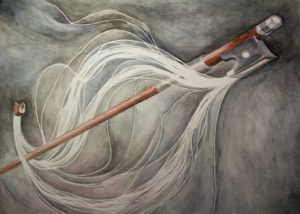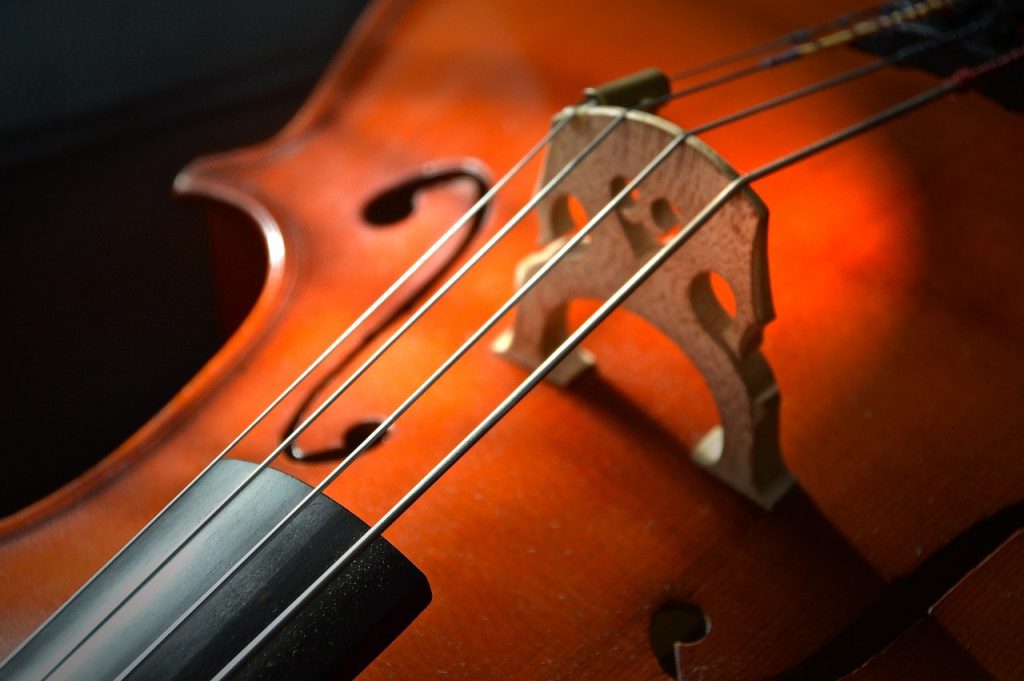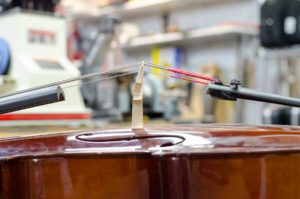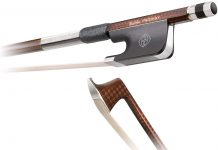The cello is a big and bulky instrument, but it is just as delicate as a small violin, and so, it requires just as much maintenance as any other string instrument. Because it is made out of wood, chances are, it will change over time. Temperature, weather, humidity, how you handle your cello, are all be factors that can damage some parts.
Don’t worry though, repairing your cello is not as terrible as it sounds, and the sound will not be compromised if you take care of it the right way. Here are some of the most common repairs you might have to take care of during your Cello-playing time.
Most Common Repairs for Cellos
Below are some of the most common repairs that will likely need to made to your cello. Regardless of whether you have a beginner cello or professional one, you will have these issues along the way and will either need to figure out how to repair your cello yourself or take it to a music shop.
Cello Strings
Cello strings are one of the most common repairs you will need to do. It’s less of a true repair than regular maintenance. When cello strings become frayed or break, you will need to replace them. It’s worth learning how to replace your own strings, but if you haven’t yet learned you can take your cello to a music shop and have them change your strings.
Open Seams
It’s not uncommon for the seams of your cello to open. Factors like humidity or extreme weather changes can cause the two pieces of wood to separate. If you see one, don’t try to glue it back together. A special glue is required, as well as special instruments to hold the instrument together. Take it to a luthier and have him/her repair the damage. While it’s not the worst of repairs, you shouldn’t wait too long to take it to be fixed. Leaving a seam opened can cause the wood to eventually warp, and that leads to a more complex and expensive procedure.
Sound Post
The sound post is a small dowel inside the cello that holds the tension of the structure together. If the sound post falls over, it will need to repaired so that it is standing upright again.
Some reasons why the sound post could fall are extreme temperature changes or a sudden loss of tension – like when you loosen the strings all at once or dropping the cello.
If this happens, take it to a luthier to have it set again. Sometimes a new sound post has to be installed. If you don’t fix this problem, the sound post will be rattling inside your cello and the wood may begin to warp.
Pegs
The pegs of the cello are one of the most difficult parts to keep in place. They are very susceptible to weather changes, the temperature and the amount of humidity there is. Pegs tend to get stuck and it’ll be really hard to move them to tune your cello. On the other hand, they can be really loose and very hard to keep them in place, and therefore, keeping your cello in tune.
You don’t need to take your instrument to the luthier to solve this problem. There is a product you can apply to the pegs so that they are easier to move. This compound needs to be specific for cello use. However, most of the time the peg will be difficult or not depending on outside factors. If it’s too loose, you can push the peg a little more inside as you twist it. If it’s too stuck, you can try to pull it a little to make it easier to tune.
If the peg doesn’t fit, or it’s completely loose, you might need to go to a luthier to see if they need to be replaced.
Bridge
The bridge is a very delicate piece of wood that hold the strings high enough to be able to play them. Sometimes, the bridge can bend, and eventually snap. The pressure of the strings can cause this, and when you notice that it’s not completely straight, you should take it to a luthier to have it changed.
Cracks, Scratches, and Chips
When your cello has a crack, it might be because you bumped it against something, or dropped it. If this happens, you need to take your cello to a luthier to have it fixed because a crack can eventually make your instrument collapse. It’s very hard to try to fix it yourself, so don’t try to attempt it!
Fixing scratches and chips are really just cosmetics. You can try to fix scratches yourself with paraffin oil and a soft cloth. If it’s a large scratch, it’s recommended that you take it to a luthier and the cost will not be very high.
If it’s a chip in the wood, you can take the piece to a luthier and have them fix it. If the piece of wood is lost, the luthier will have to carve a piece to match the rest of the body, and this job is usually pretty expensive.
Rehairing Your Bow
Many things can happen with the bow. If the hairs of the bow become darker or don’t stick like they used to, maybe it’s time to change them by getting a bow rehair. If you play a lot, it’s recommended that you change them at least once a year.
The hairs of the bow can also come loose all of a sudden. Don’t panic! It just means it lost the wedge holding the hair. You need to take it to a luthier or bow repair specialist to fix this issue.

Eliminate Wolf Tones
According to CelloCentral.com, “a cello wolf tone is a sound that your instrument produces when the vibrations of the string you played match the natural resonating vibration of your cello’s body.”
This creates a sustaining artificial overtone that intensifies and inflates the frequencies of the original note. An oscillating or stuttering beating usually accompanies a wolf tone because of the irregular frequencies in between the artificial overtone and the natural note. The overall sound produced could be compared to the howling of a wolf, hence the name. As a matter of fact, wolf tone could simply be called a wolf. Learn more about how to eliminate wolf tones.

An instrument such as the cello is bound to suffer from any of these problems, especially if you play frequently. You can also try to avoid many of these by really taking good care of your cello. You can check out our guide on How to Take Care of Your Cello. You will find helpful tips that can help you avoid a visit to the luthier!
Table of Contents









